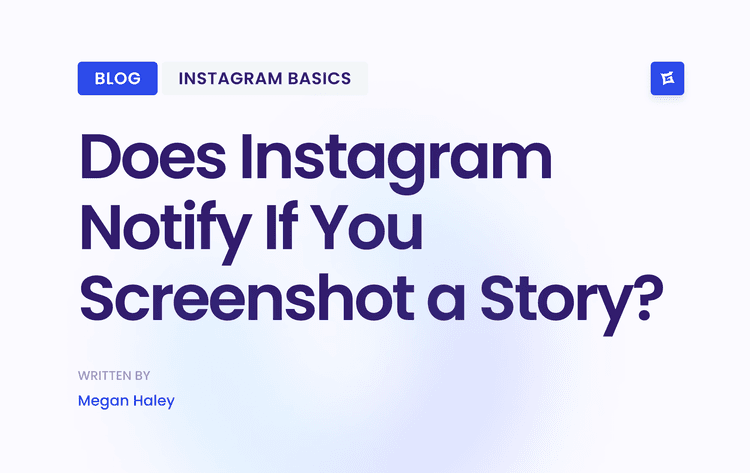From Reaction to Prediction: Spotting Trends Early
Initially, businesses mainly used social media data to respond to customer comments and measure campaign success. Analyzing likes, shares, and comments provided a basic measure of audience engagement. However, this reactive approach offered little insight into future trends. Businesses were constantly reacting, missing out on opportunities to connect with their audience.
Now, social media trend analysis allows brands to anticipate changes in consumer behavior. By identifying emerging hashtags and analyzing conversations, businesses can predict popular content. This proactive approach helps brands create relevant and timely campaigns. This leads to better audience engagement and stronger brand connections.
Trend Mastery: A Competitive Advantage
Organizations that excel at social media trend analysis outperform their competition. They identify and act on emerging opportunities faster. This proactive approach boosts engagement and leads to increased conversions and brand loyalty. These businesses position themselves as industry leaders and trendsetters.
Predictive modeling, using advanced algorithms and machine learning, helps brands forecast trends. These tools analyze large amounts of data to identify subtle patterns that would be impossible for humans to spot manually. This data-driven approach allows businesses to optimize their content strategies and achieve business growth. The ability to predict trends is quickly becoming key to brand success.
Essential Metrics That Signal Emerging Trends
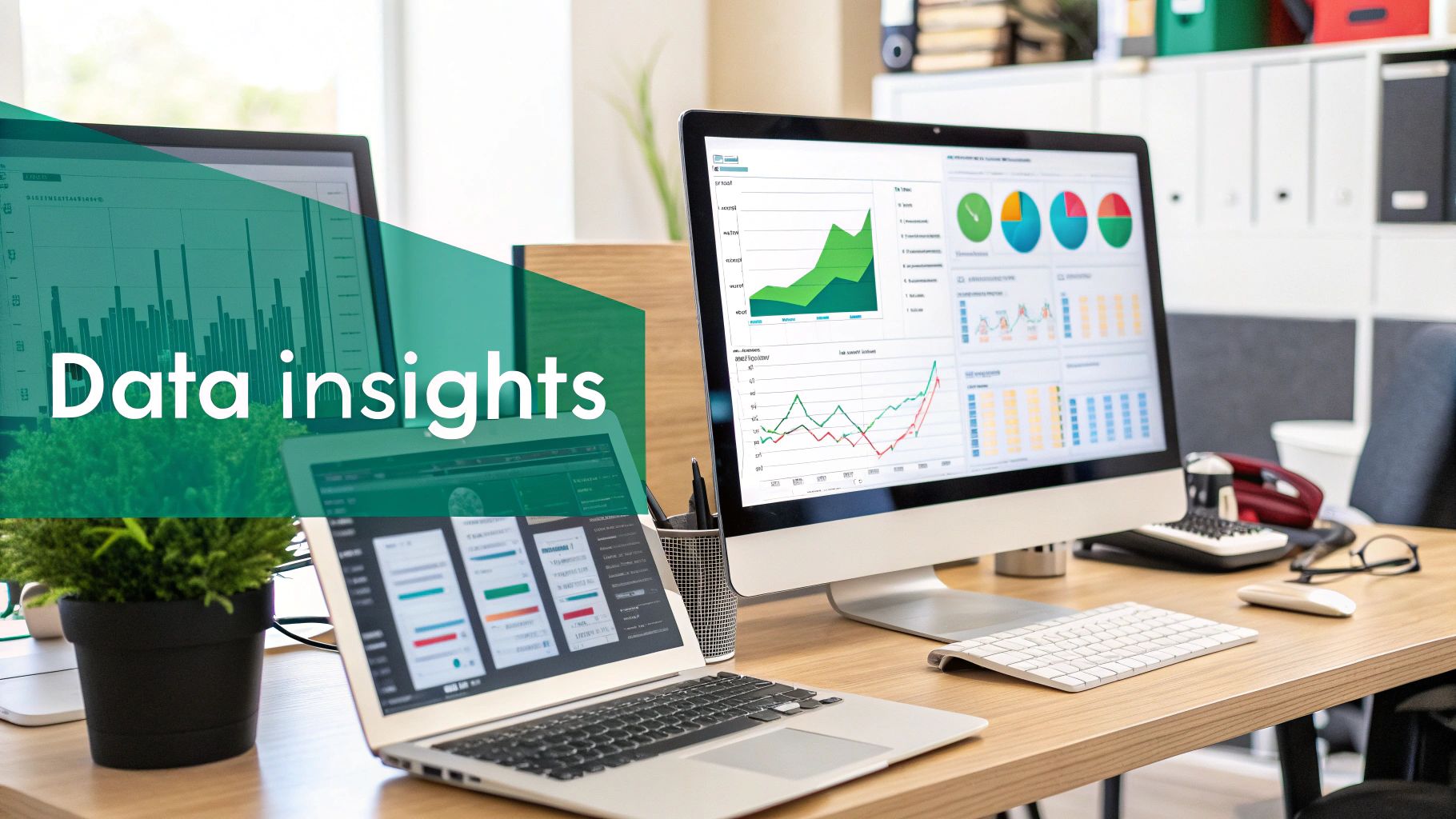
Looking beyond vanity metrics like follower count reveals the data that truly matters. These deeper metrics offer a better understanding of audience behavior, giving brands the power to predict future trends and create resonant content. This ultimately maximizes social media impact. Let's explore these key indicators that signal emerging trends, separating true movements from fleeting fads.
Engagement Velocity: Measuring The Speed Of Trend Adoption
Engagement velocity measures how quickly a post gain likes, comments, and shares. A rapid increase often signals a rising trend. This metric is particularly helpful in identifying content with high potential for virality.
For example, a significant engagement surge within the first few hours of posting is a strong indicator. Brands can then react quickly, capitalizing on growing interest.
Content Diffusion Patterns: Mapping How Trends Spread
Content diffusion patterns track how content spreads across a social network. This involves analyzing who shares the content and how it moves through different communities.
Understanding these patterns can help predict a trend's longevity and reach. For example, content shared primarily within a small niche community may not achieve widespread adoption like content shared across diverse groups. This knowledge allows brands to refine their content strategy for broader appeal.
Sentiment Analysis: Gauging Public Opinion
Sentiment analysis, powered by Natural Language Processing (NLP), determines the emotional tone of conversations surrounding a trend. Positive sentiment reinforces a trend's potential.
However, negative sentiment might signal a backlash or controversy. This is critical for brands deciding whether to align with a specific trend. If negative sentiment prevails, brands might avoid it altogether, protecting their reputation.
Share Of Voice: Assessing Competitive Landscape
Share of voice measures a brand's portion of the conversation around a trend, compared to its competitors. A high share of voice indicates brand leadership and strong trend influence.
Tracking share of voice allows brands to assess their competitive landscape, adjusting their social media strategies accordingly. This is especially valuable in competitive markets, helping brands stand out and potentially dominate.
To better understand how these metrics relate, let's look at the table below. It summarizes the key aspects of each metric category and their applications for businesses.
Essential Social Media Trend Metrics Comparison
This table compares different metrics used in social media trend analysis, showing their relative importance, typical benchmarks, and business applications.
Engagement Metrics
Specific Metrics: Likes, Comments, Shares, Retweets
Detection Value: Reveals audience interest and content performance.
Business Application: Helps in shaping content strategy and identifying successful campaigns.
Reach Metrics
Specific Metrics: Impressions, Followers, Views
Detection Value: Indicates potential audience size and brand awareness.
Business Application: Guides audience targeting efforts and measures campaign visibility.
Velocity Metrics
Specific Metrics: Rate of engagement growth, Speed of content spread
Detection Value: Signals trend emergence and potential virality.
Business Application: Supports proactive content creation and optimizes campaign timing.
Sentiment Metrics
Specific Metrics: Positive, Negative, Neutral emotions
Detection Value: Assess public opinion and potential trend backlash.
Business Application: Informs brand positioning and assists in crisis management.
Competitive Metrics
Specific Metrics: Share of voice, Competitor activity
Detection Value: Measures brand influence and the competitive landscape.
Business Application: Aids strategic planning and identifies competitive advantages.
As you can see, each metric provides a unique perspective on trend analysis. By combining these insights, brands can develop a holistic understanding of the social media landscape.
By understanding and tracking these metrics, brands gain valuable insights into emerging social media trends. This enables them to create timely, relevant content that resonates with their target audience, ultimately improving engagement and driving business outcomes. This knowledge is key for businesses looking to thrive on social media.
The Science Behind Predicting Viral Content

Predicting what content will go viral is no longer a guessing game. It's a developing science, using analytical frameworks for accurate trend forecasting. This exploration breaks down these complex models into practical applications, showing how these systems identify emerging trends before they hit the mainstream.
Pattern Recognition and Trend Identification
Pattern recognition algorithms are at the heart of predicting viral content. These algorithms analyze vast amounts of social media activity. They identify recurring patterns and correlations, detecting early signals of emerging trends.
For example, a sudden increase in a specific hashtag's use, combined with growing engagement, could signal an impending viral trend. This information is incredibly valuable for businesses and marketers aiming to create timely and engaging content. You might find value in learning more about boosting your Instagram followers with Gainsty.
These algorithms also analyze how content spreads across various social media platforms. This helps predict which trends will likely gain broader appeal. Businesses can then optimize their content strategy for different platforms, maximizing reach and impact.
Predictive Modeling and Network Dynamics
Predictive modeling takes trend identification a step further. It doesn't just identify current trends; it forecasts future ones. Using historical data and statistical analysis, these models consider factors like engagement rates, user demographics, and even current events.
This allows businesses to anticipate audience interests and create content proactively. By getting ahead of the curve, businesses can capitalize on emerging trends.
Invasion percolation models offer further insights into how information spreads through networks. These models are applied to social media trend analysis to understand how trends gain traction – or fade away – based on network dynamics. By analyzing social networks as complex systems, researchers can predict the likelihood of a trend going viral. Learn more about invasion percolation models.
The Human Element in Trend Analysis
While algorithms are powerful tools, human expertise remains essential. Human analysts provide context and nuance that algorithms often miss. They can identify subtle cultural shifts and interpret the meaning behind trends.
The combination of human insight and artificial intelligence creates a more complete and accurate understanding of social media. Human analysts also offer adaptability. They can quickly adjust strategies to unexpected events, a crucial skill in the fast-paced world of social media. This dynamic interplay between technology and human expertise shapes the future of trend analysis.
Platform-Specific Analysis Techniques That Work
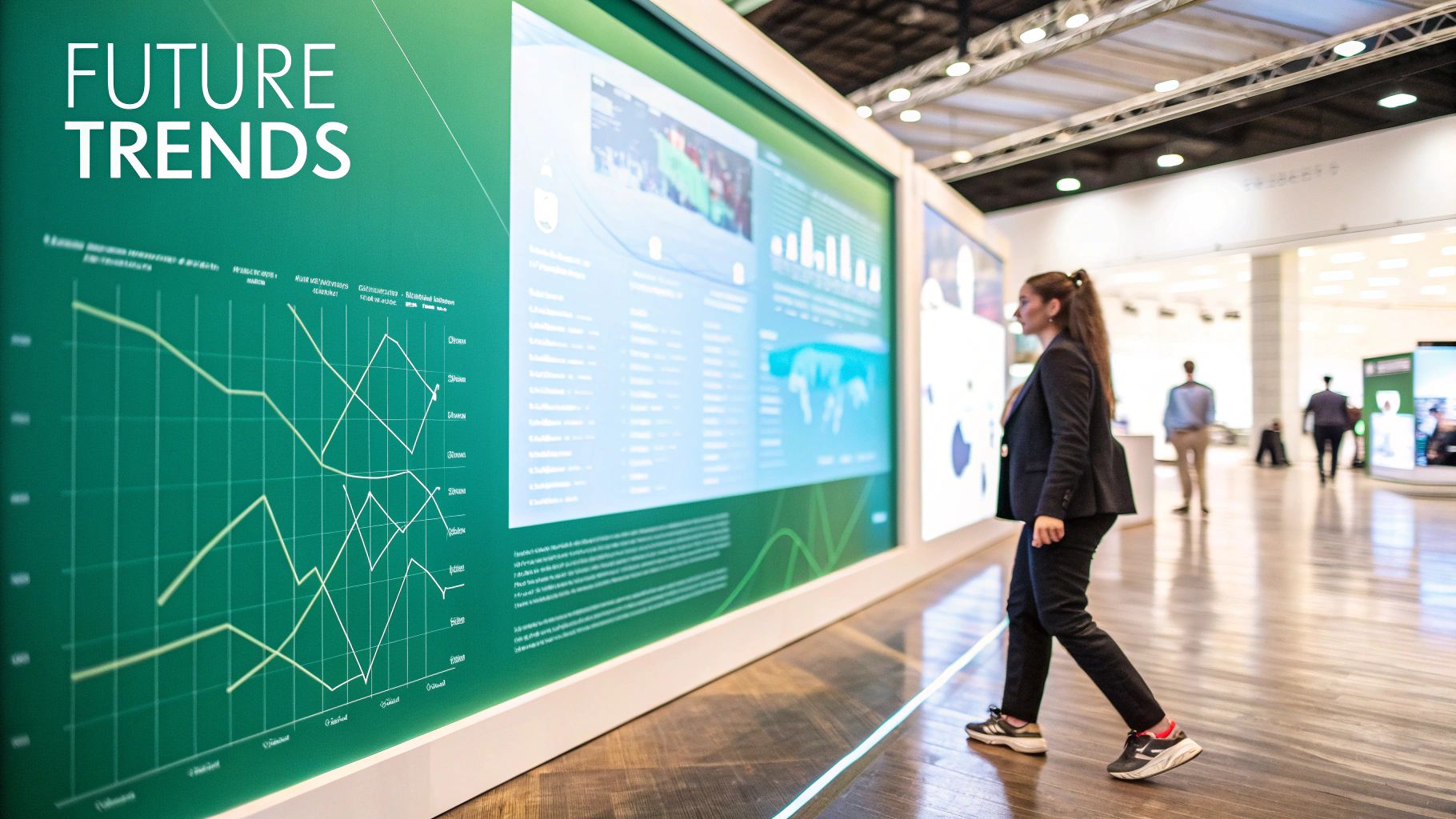
Effective social media trend analysis requires understanding that each platform functions differently. What grabs attention on TikTok might not resonate on LinkedIn. This means adapting your analysis to each platform's unique characteristics—its algorithms, user behavior, and content formats. This section explores these nuances and offers practical frameworks for improving your approach.
Tailoring Your Approach: Understanding Platform Nuances
Each social media platform cultivates a distinct audience, encourages particular behaviors, and prioritizes specific types of content. These differences directly influence how trends emerge and spread. For example, TikTok thrives on short, engaging videos often driven by music and readily visible trends. LinkedIn, on the other hand, tends toward professional networking and longer, text-based content, often focusing on industry insights and career advice.
This means trend analysis needs to be platform-specific. Analyzing trending hashtags on Twitter requires a different strategy than decoding viral dances on TikTok. Understanding these subtleties is key to interpreting data correctly, allowing brands to create content that genuinely connects with their target audience on each platform.
Cross-Platform Monitoring: Capturing the Bigger Picture
While understanding individual platforms is crucial, a comprehensive view requires a cross-platform perspective. Cross-platform monitoring tools track trends across multiple social networks. This helps identify larger trends that span various platforms, as well as platform-specific variations of those broader trends.
However, this approach can create a lot of data. The key is to use a system that effectively gathers and filters the information. Focus on the metrics and trends that truly align with your business objectives. For example, a fashion brand might prioritize visual trends across Instagram, Pinterest, and TikTok, while a B2B company might concentrate on conversations on LinkedIn and Twitter.
Prioritizing Trends: Focusing Your Efforts
Not all trends deserve immediate action. It's important to create a framework for prioritizing which trends demand attention and which can be passively observed. For instance, a sudden spike in conversations about a particular product feature might call for an immediate response.
This could involve addressing customer questions or showcasing the feature's benefits. In contrast, a slowly developing trend in a related industry might warrant observation, allowing you to prepare for its potential impact on your business. Prioritization ensures you concentrate on the most relevant and impactful trends.
Practical Frameworks for Effective Analysis
Consider these best practices when developing platform-specific analytical techniques:
Deep Dive into Platform Demographics: Understand each platform's specific user base— on age, interests, and behaviors. This helps you interpret trend data correctly.
Algorithm Awareness: Keep up with the changes in each platform's algorithm. This knowledge is crucial for predicting content performance.
Content Format Focus: Adjust your analysis to match the main content formats of each platform. For videos, analyze visual elements; for text, use sentiment analysis tools like Brand24.
To effectively conduct social media trend analysis, understand the nuances of each platform and apply these practical frameworks. This allows you to gain valuable insights, optimize your content, engage your audience, and ultimately reach your business goals.
To help visualize platform-specific trend analysis, let's look at a comparison of some popular social media platforms:
Introducing a comparison of major social platforms and their trend analysis approaches, highlighting their unique aspects and strategic considerations.
Platform Trend Comparison
Twitter trends are identified through hashtags, keywords, retweets, and mentions. These trends have a short, fast-moving lifecycle, lasting from hours to days. Analysis tools such as TweetDeck, Brand24, and SproutSocial help track trends. The key strategic considerations include real-time engagement, newsjacking, and quick response times.
Instagram trends are driven by hashtags, likes, comments, shares, and Reels views. The trend lifecycle is medium-length, typically lasting from days to weeks. Tools like Iconosquare and Later are used for analysis. Strategic considerations focus on visual storytelling, influencer marketing, and community building.
TikTok trends emerge through hashtags, sounds, views, shares, comments, and likes. These trends are short and explosive, lasting from hours to days, with the potential to resurge. Analysis tools such as TikTok Creative Center is commonly used. Key strategies include creative content, music integration, and influencer collaborations.
LinkedIn trends rely on hashtags, comments, shares, engagement in articles, and group discussions. These trends have a long lifecycle, lasting weeks to months. Tools like LinkedIn Analytics and Shield App help monitor trends. The primary strategic considerations are thought leadership, industry insights, and professional networking.
Facebook trends are indicated by likes, shares, comments, group activity, and reactions. The trend lifecycle is medium, lasting from days to weeks. Analysis tools like Facebook Insights and Crowdtangle are used. Key strategic considerations include community building, targeted advertising, and event promotion.
Key takeaways from the table include the differences in trend lifecycles and the unique strategic considerations for each platform. Understanding these aspects helps optimize trend analysis for better results.
Turning Trend Insights Into Business Success
Identifying trends is just the beginning. The true power lies in renewing these observations into tangible business results. This section explores how businesses across diverse industries use social media trend analysis to achieve measurable growth.
Imagine a retail business. By analyzing conversations on social media platforms like Twitter, retailers can pinpoint emerging product preferences and adjust inventory strategically. This minimizes losses from unsold products and maximizes sales of in-demand items. This proactive approach boosts profits and provides a richer understanding of customer desires.
Such insights empower businesses to adapt and refine their strategies, maximizing the impact of social media trends.
Connecting Insights to Action: A Practical Approach
Rebuilding insights into action requires a structured framework. Here's a practical guide for connecting trend data to tangible business outcomes:
Identify Key Trends: Focus on trends relevant to your industry and target audience.
Analyze Trend Drivers: Understand the reasons behind these trends. What customer needs or desires are they satisfying?
Develop Actionable Strategies: Craft specific campaigns or initiatives that effectively leverage these trends.
Measure and Refine: Track the performance of your efforts and adapt your strategy based on the collected data.
This cyclical process ensures that your social media trend analysis directly shapes your business decisions, fostering continuous improvement and sustained growth.
Real-World Success: From Trend to Triumph
Many organizations have effectively used social media trend analysis to improve their bottom line. For example, in the B2B services sector, companies can utilize trend data to identify emerging client needs and develop tailored solutions. This proactive approach strengthens client relationships and establishes the company as a thought leader.
In the consumer goods sector, understanding trend data can inform product development and shape marketing campaigns. For instance, recognizing a growing interest in sustainable products might lead to the development of eco-friendly offerings that appeal to environmentally conscious consumers. Explore more examples in our guide on how brands use social media trend analysis.
The economic influence of social media is substantial. Major platforms like Meta, the parent company of Facebook, Instagram, and WhatsApp, generated over $134 billion in revenue in 2023. This success stems from their extensive reach. YouTube, for instance, reaches over 2.53 billion users monthly. This highlights the crucial role of social media integration in modern business strategies. Explore more detailed statistics here.
Measuring ROI: Proving the Value of Trend Analysis
Demonstrating the return on investment (ROI) of social media trend analysis is often essential, particularly for larger organizations. Here are some key performance indicators (KPIs) to track:
Increased Sales: Monitor how trend-driven campaigns directly influence sales figures.
Improved Brand Awareness: Measure changes in brand mentions and overall reach.
Enhanced Customer Engagement: Analyze metrics like likes, comments, and shares.
Reduced Marketing Costs: Evaluate how trend insights optimize marketing spend by ensuring you're reaching the right audience.
By tracking these metrics, you can effectively showcase the value of social media trend analysis and secure continued investment in these vital initiatives. This data-driven approach ensures that your trend analysis efforts contribute directly to your business success. Successfully measuring ROI reinforces the importance of focusing on social media insights.
Building Your Trend Analysis Technology Stack
The right tools can rebuild your social media trend analysis. What was once overwhelming becomes insightful. This exploration covers available technology, from enterprise solutions to budget-friendly alternatives. We'll examine essential features for various business needs, and how to avoid unnecessary complexity. We’ll also discuss practical ways to combine tools for a smooth workflow that generates actionable insights, even without advanced data science expertise.
Choosing The Right Tools For The Job
The social media trend analysis technology landscape is diverse. Enterprise-level platforms offer comprehensive features. These include data collection, analysis, and reporting. While powerful, these platforms can be expensive and complex. More accessible options exist for businesses with smaller budgets or simpler needs. These tools often specialize in specific areas, like hashtag tracking or sentiment analysis.
Choosing the right tool depends on several factors. Your budget, team size, and specific analytical needs are all important. Consider your goals and the size of your operation when evaluating options. You might find this resource helpful: How agencies can help you with social media trend analysis.
AI-Powered Analysis: Automation and Insights
AI-powered tools are becoming increasingly prevalent in social media trend analysis. These tools use machine learning algorithms to automate data collection and analysis. They identify patterns and trends that humans might overlook. Some platforms even offer real-time trend alerts. These notifications inform you of sudden changes in conversation volume or sentiment shifts.
This immediate feedback allows for rapid responses to emerging trends. Businesses can stay ahead of the curve. While valuable, AI isn't a replacement for human interpretation. Human analysts provide critical thinking and strategic direction. AI offers speed and efficiency. The two work best together.
Integrating Your Tools For Maximum Impact
For many businesses, the best solution involves integrating several tools. You might use a hashtag tracking tool alongside a social listening platform and a sentiment analysis program. This combination provides a holistic understanding of emerging trends.
The key is combining these tools effectively. Look for platforms that offer integrations or APIs. This enables seamless data transfer and a unified workflow. This approach avoids data silos and maximizes the value of each tool.
Simple Yet Effective Trend Analysis Strategies
Even without specialized software, valuable insights are within reach. Free tools like Google Trends and social media platform analytics offer baseline data on trending topics and audience behavior. Actively participating in relevant online communities lets you observe trends firsthand.
By staying engaged and following industry influencers, you can develop a sense of the prevailing sentiment. You can also identify early trend signals. These methods offer a cost-effective approach to trend tracking, particularly valuable for startups and small businesses.
Building Your Tech Stack: A Step-By-Step Guide
Here’s a straightforward process to build your trend analysis technology stack:
Define Your Needs: Clearly outline your business objectives and desired outcomes.
Set a Budget: Determine your realistic investment in tools and resources.
Evaluate Available Options: Research different platforms, considering features, pricing, and usability.
Start Small: Begin with a few essential tools. Expand gradually as your needs and resources evolve.
Integrate and Refine: Connect your chosen tools for a seamless workflow. Adjust your strategy based on performance.
Following these steps creates a practical and effective tech stack tailored to your requirements. This ensures you derive valuable insights from social media trends without unnecessary complexity.
Future-Proofing Your Trend Analysis Strategy
Social media is a constantly evolving landscape. This means your trend analysis strategies must adapt to keep pace. This section explores emerging methods and technologies that reshape how we analyze trends. We'll examine how factors like artificial intelligence (AI), changing user behavior, and new privacy regulations will affect your approach. This knowledge will empower you to build flexible, adaptable systems ready for the future of social media.
The Rise of AI and Predictive Algorithms
Artificial Intelligence is rapidly rebuilding social media trend analysis. Predictive algorithms, powered by AI, analyze massive datasets to forecast emerging trends. These algorithms can identify subtle patterns and correlations that would be impossible for humans to detect manually, offering a powerful new tool for businesses.
Imagine an algorithm noticing a small but steady increase in conversations around a niche topic. Combined with rising engagement metrics, the algorithm could predict this topic’s potential to become a mainstream trend. This foresight allows businesses to proactively create content, capitalizing on the trend before their competitors.
Adapting to Evolving User Behaviors
User behaviors on social media platforms are dynamic. New platforms emerge, popular features change, and audience preferences shift constantly. This constant flux necessitates vigilance and adaptability. Your trend analysis strategies must be flexible enough to incorporate these changes.
Think of it like adjusting your sails on a sailboat. As the wind changes, you need to adjust your sails to maintain your course. Similarly, as user behaviors evolve, you need to adapt your analytical approach to stay on top of relevant trends. This ongoing adaptability is key to ensuring your strategies remain effective.
Navigating Privacy Regulations and Platform Shifts
Increasingly stringent privacy regulations, such as GDPR and CCPA, are shaping data collection and analysis practices. Understanding and complying with these regulations is crucial for ethical and effective trend analysis. Simultaneously, social media platforms themselves are in constant flux.
These platform shifts, with new platforms emerging and existing ones introducing new features and algorithms, can significantly impact how trends emerge and spread. Developing adaptable systems that easily integrate new data sources and analytical techniques is paramount. This proactive approach will ensure your strategies remain robust and compliant, regardless of external changes.
Investing in the Future of Trend Analysis
Forward-thinking brands are investing in the future of trend analysis. They are focusing on building integrated analytics systems that combine data from multiple sources, providing a holistic view of the social media landscape. They are also exploring new methodologies like real-time trend detection.
These advancements offer significant competitive advantages, enabling businesses to react quickly to emerging trends, optimize content strategies, and maximize their social media impact. This proactive approach to trend analysis is essential for maintaining a competitive edge in today’s fast-paced digital environment.
Ready to scale up your Instagram followers with organic growth? Gainsty, an AI-powered social assistant, helps you gain real followers and boost engagement authentically. No bots, no fake followers—just real results. Visit Gainsty today to learn more.
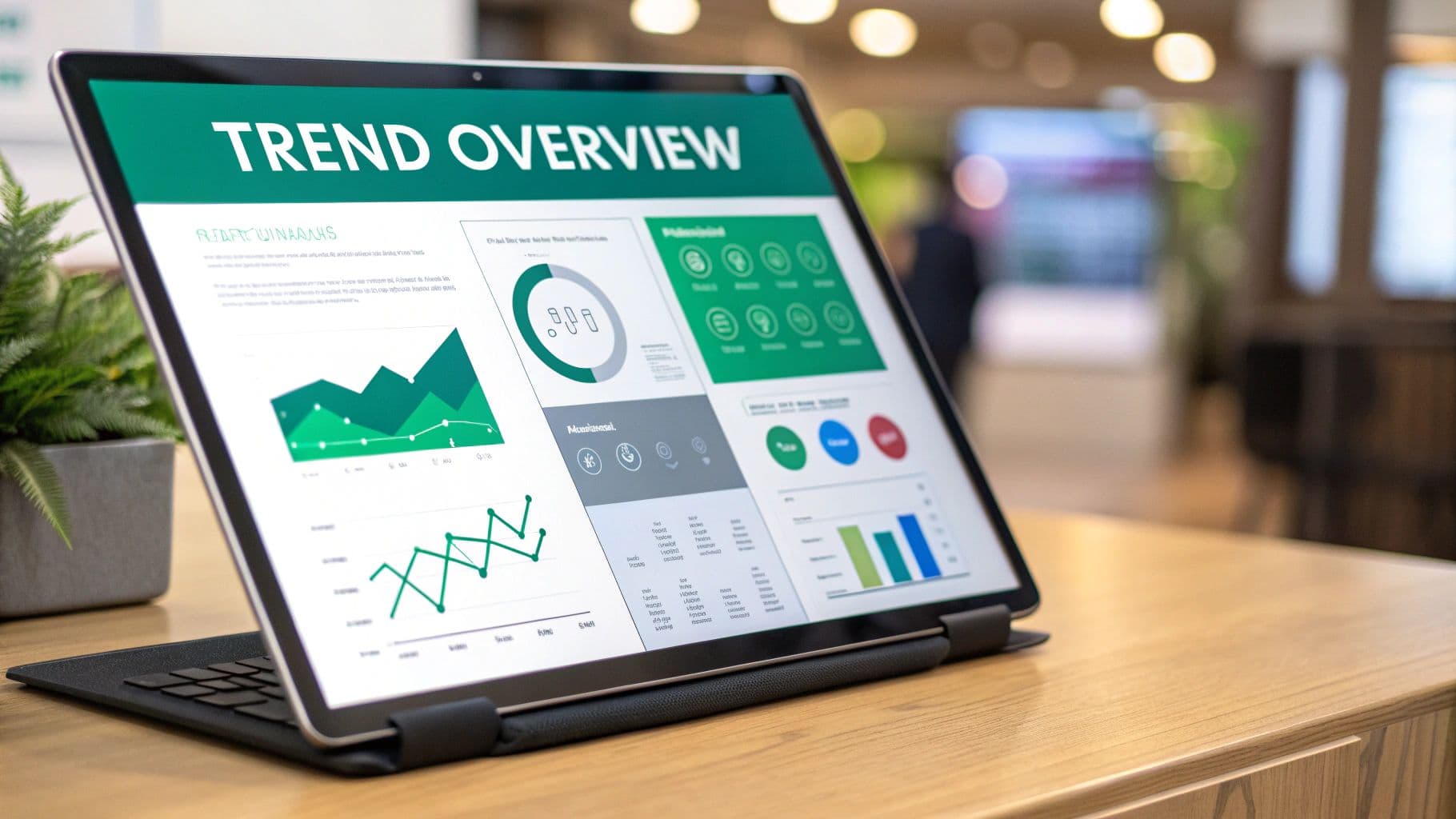
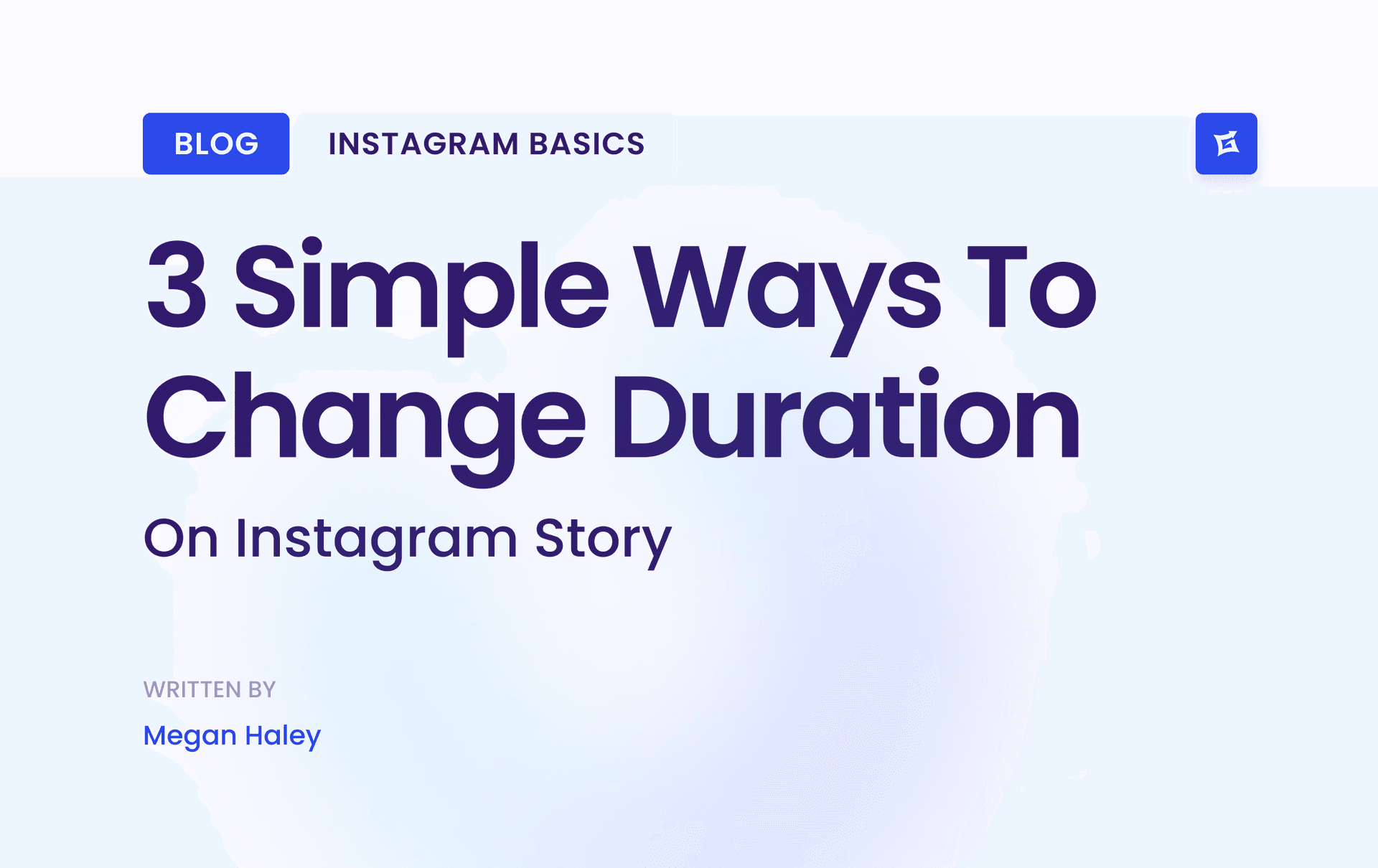
.png&w=1920&q=75&dpl=dpl_5s5UbBNsq2av8n82cZ2R5qYP6gxi)

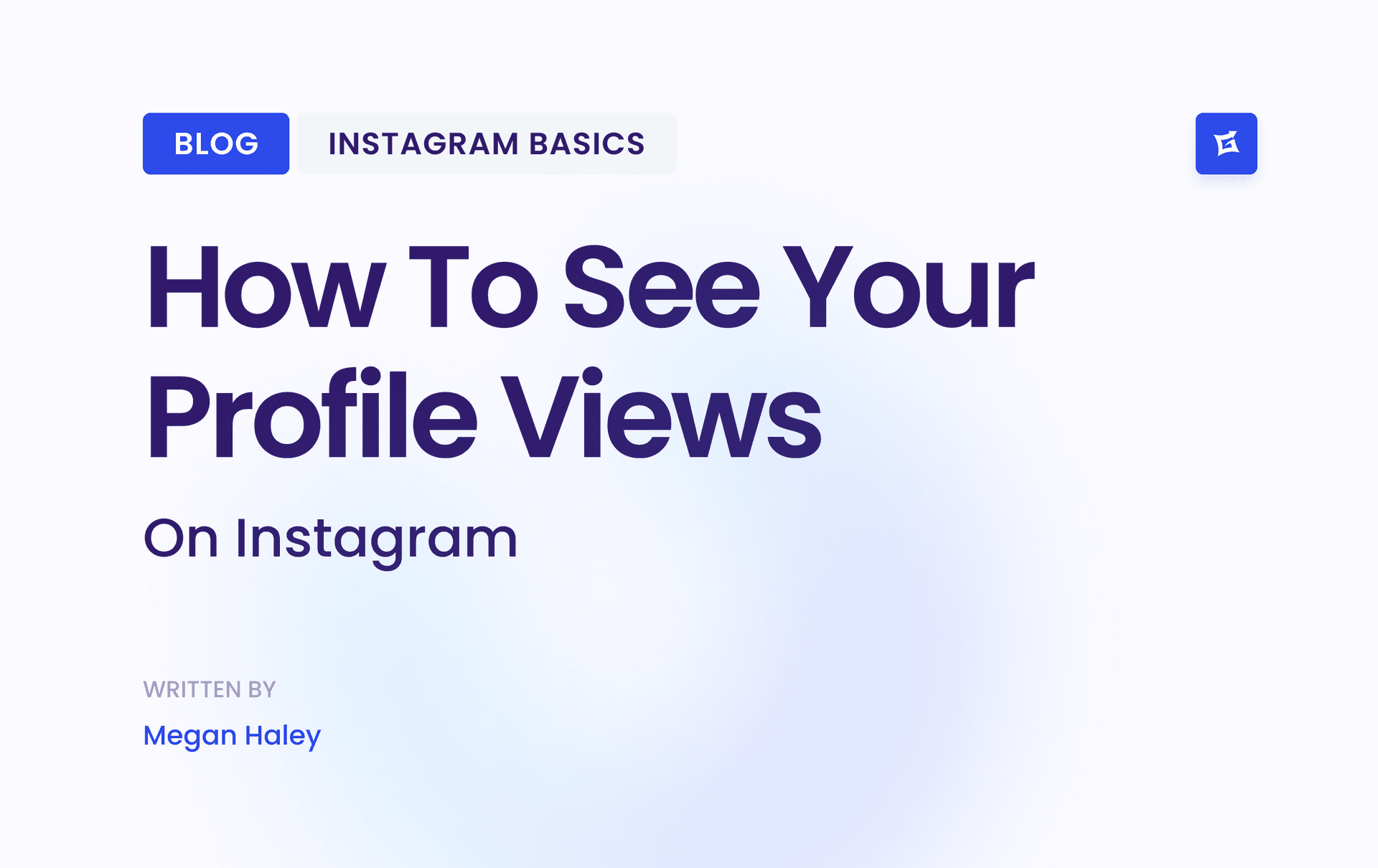
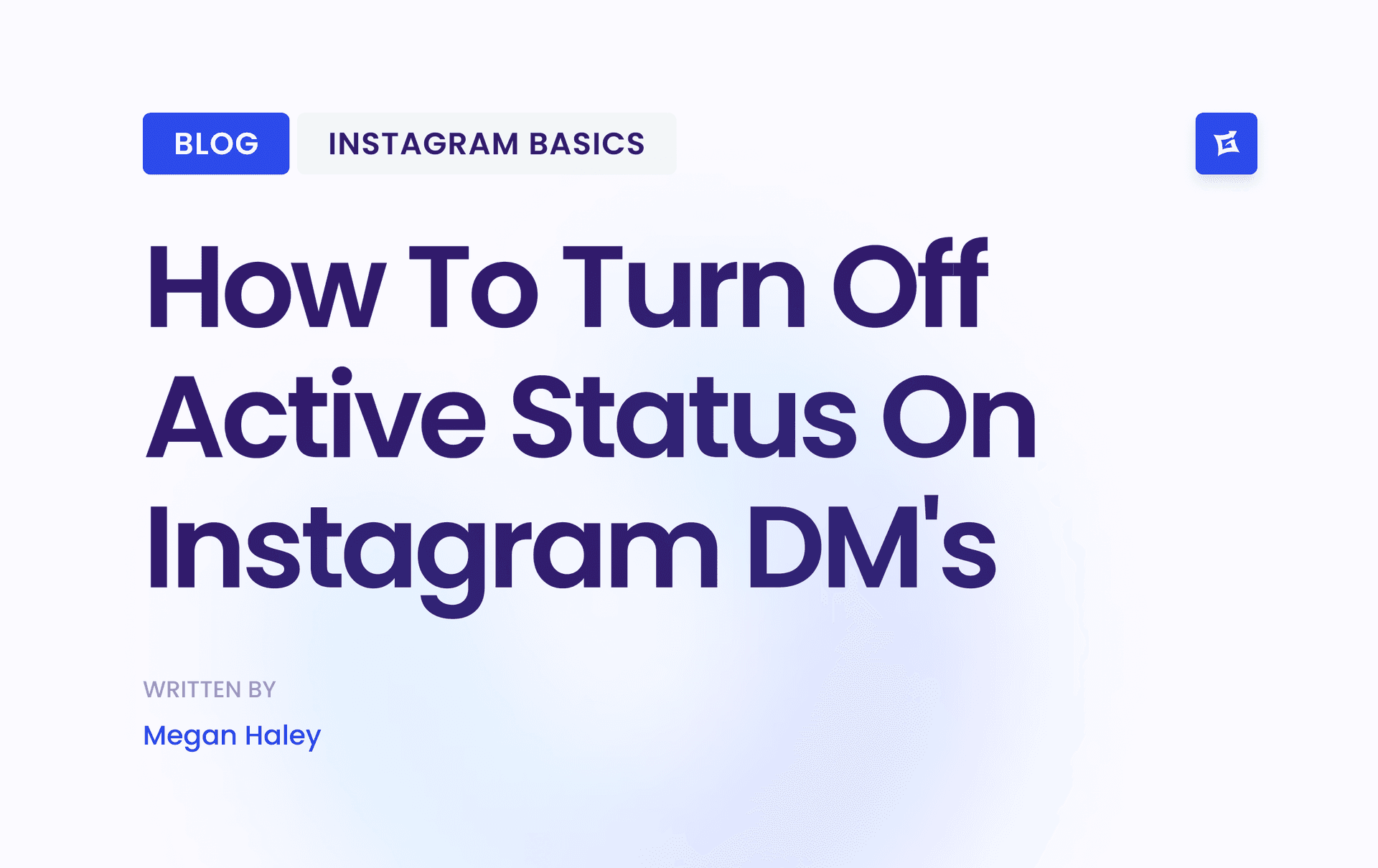





.png&w=750&q=75&dpl=dpl_5s5UbBNsq2av8n82cZ2R5qYP6gxi)



